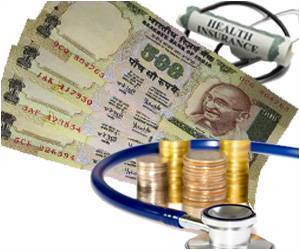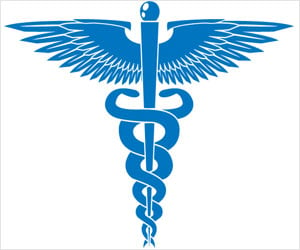The non-life insurance industry in India is estimated to grow at over 18 per cent till 2015 and reach a total size of Rs 90,000 crore, ASSOCHAM said on Sunday in a press release.

Motor insurance will continue to remain the largest category, contributing over 40 per cent of industry premiums. India will become the third largest car market globally by 2020 with over 70 lakh cars sold annually, driving growth in motor insurance.
On the other hand, total expenditure on healthcare will be Rs 20 lakh crore, creating significant opportunities for coverage through health insurance. “The health insurance segment will grow the fastest and account for close to 30 per cent of total industry premiums by 2015,” said secretary general D.S. Rawat.
Within health insurance, the government sponsored health schemes will grow the fastest while retail will emerge as the largest opportunity, he said.
The country’s infrastructure expenditure over the next five years is likely to be Rs 47 lakh crore, creating opportunities for insuring these projects. Engineering insurance coverage for new projects will be an important area of growth, leading to opportunities in segments like commercial lines.
With small and medium enterprises growing at 20 to 22 per cent, the non-life insurance market will be particularly attractive for players who can bring in skills and more innovative practices to capture the opportunities.
Advertisement
There is already evidence of increasing competition with the number of companies increasing from 16 in 2007 to 24 this year and four to five more in the pipeline, said ASSOCHAM.
Advertisement
For instance, Bangalore’s GDP in 2030 will be four times bigger than Mumbai’s in 2010. Or Kochi will be generating more or less the same GDP as Mumbai does today. “Any strategic decisions based on just backward looking facts will likely miss out on these growth pockets and what it takes to capture share in them.”
High-quality and low-cost broadband access through mobile and hand-held devices through 3G and 4G services will provide a unique opportunity to leap front legacy issues and drive innovations which can help unlock growth, reduce costs and enhance service levels, said ASSOCHAM.
Source-Medindia















